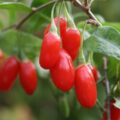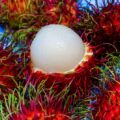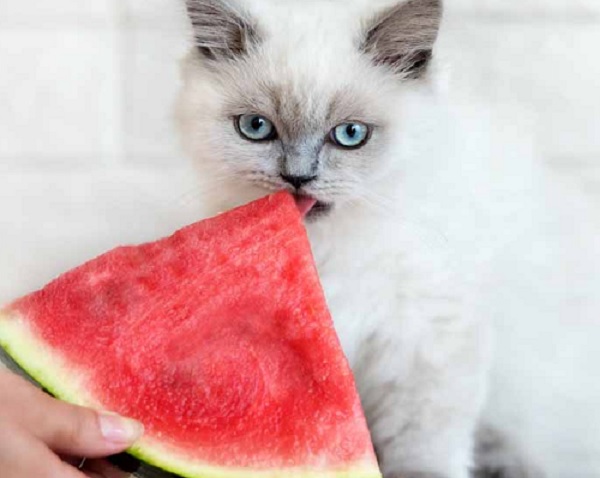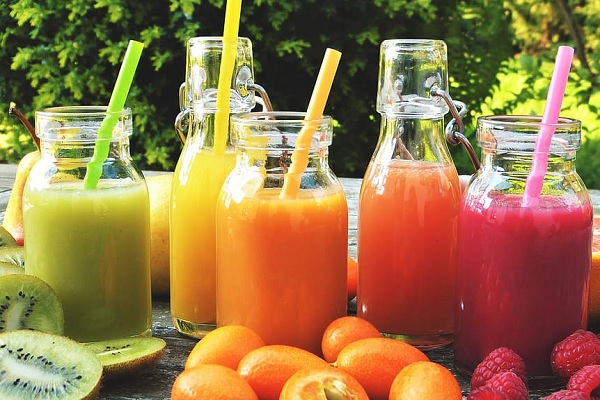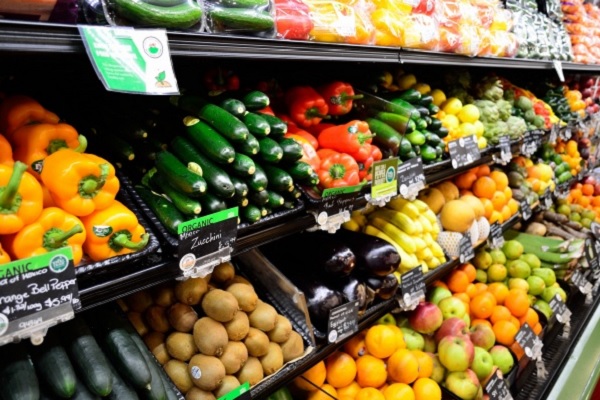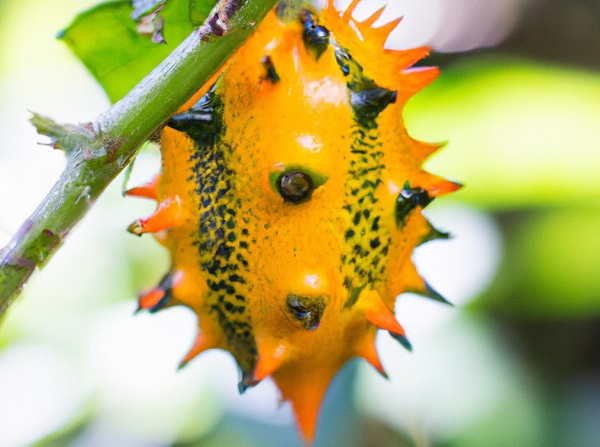
Most people have tried fruits like apples, bananas, oranges and grapes, but have you ever tried a Sapodilla? Also known as Sapota, they are found in Asian countries. These fruits might look more like a potato than a fruit, but they pack a sugary punch. They are like a caramelized pear, that has a sugary sweet, dense, and sunset-coloured interior. They are also healthy as they are rich in antioxidants, vitamins C and A, iron, folate, and niacin. And if you think that fruit sounds weird check out these ten other exotic fruits that you can have delivered to your door…
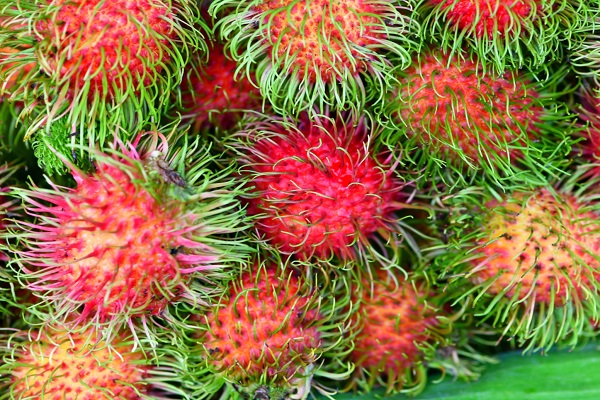
1. Rambutan
In Malay, Rambut means Hair, which makes sense when you look at a Rambutan. These fruits are native to tropical Southeast Asia and they have a soft white fruit inside their hairy-looking exterior. These soft and highly hydrating fruits are closely related to lychee. They have a sweet and sour taste and are packed with vitamin C and antioxidants.
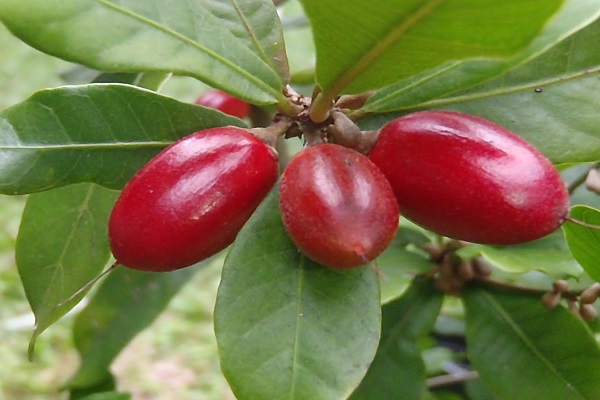
2. Miracle Fruit
These small fruits are native to West Africa and boast the magical power of making sour fruits taste sweet thanks to a molecule called miraculin that holds the ability to manipulate tongue receptors. Miracle Fruit’s juice can be mixed with other dishes or juices as a healthy alternative to artificial sweeteners.
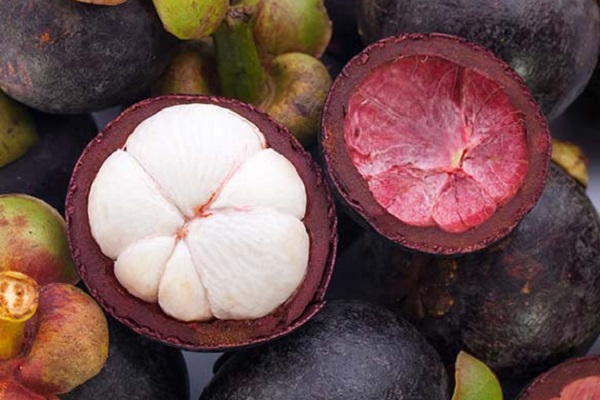
3. Mangosteen
Mangosteen fruits come from an evergreen tree believed to be native to Indonesia and the Sunda Islands. These fruits from the mangosteen tree are dark-red or purple from the outside with garlic-looking sweet and juicy white flesh inside. They are rich in pericarp, an antioxidant, which protects your body from harmful free radicals, and also high in fibre and low in calories.
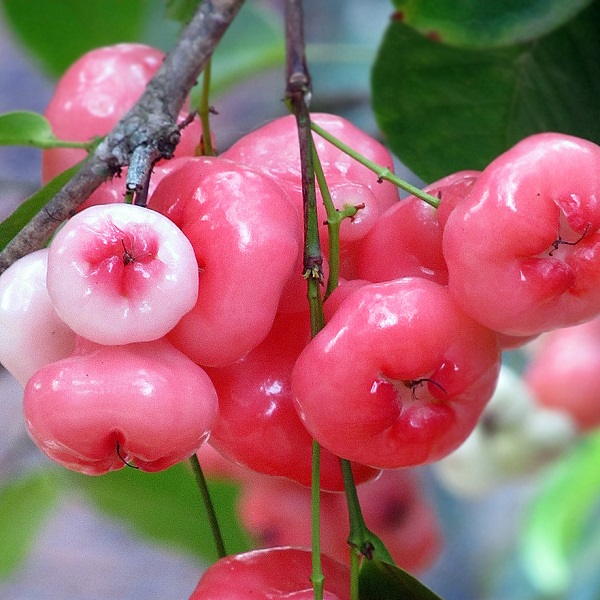
4. Water Apple
Water Apples have many names like Thai wax apple, bell fruit and rose apple. They are actually a berry and native to the Malay Peninsula and are also found in the Andaman and Nicobar Islands and many other Asian countries. These bell-shaped fruits come in a range of colours from white to pale green to red. They have a high water content that results in a crisp and refreshing flavour.
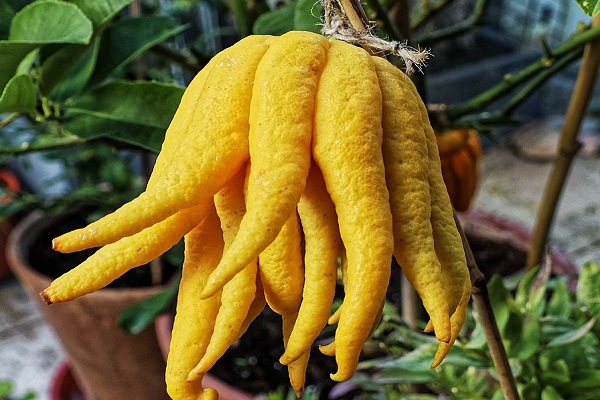
5. Buddha’s Hand
Also known as bushukan or fingered citron, Buddha’s Hand is one of the most unique-looking fruits that originated from India and China. These citrus fruit doesn’t have any pulp and tastes less bitter. They have a skin similar to a lemon and on the inside, they have a white, juiceless and often seedless flesh and they also have a pleasant smell. They are often used as flavours for jam and as a fragrance.
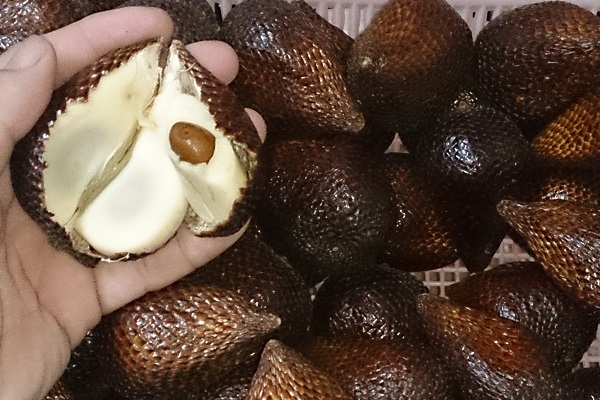
6. Snake Fruit
Snake Fruit or Salak has a bunch of health benefits. They are full of beta-carotene, fibre, iron, vitamin C, and protein and also potassium which is considered good for memory. These Southeast Asian fruits have sweet and sour flesh. This fruit is very popular in Thailand. The Salak is a type of palm tree native to Indonesia.
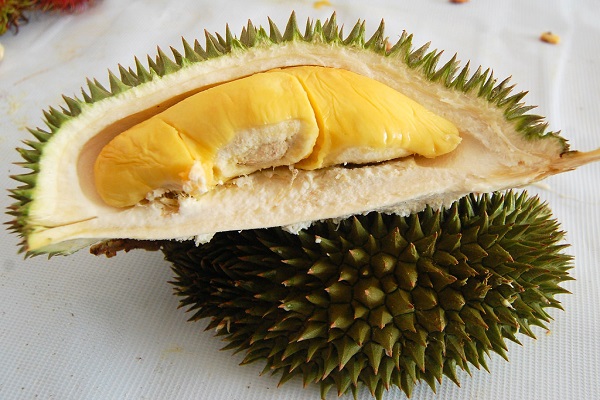
7. Durian
A lot of people dislike Durian because of its smell but the fruit packs a healthy punch. Durians are native to Malaysia and Indonesia and are similar to jackfruit. They have a thick and custard-like flesh which is very nutritious and rich in numerous essential vitamins and minerals.
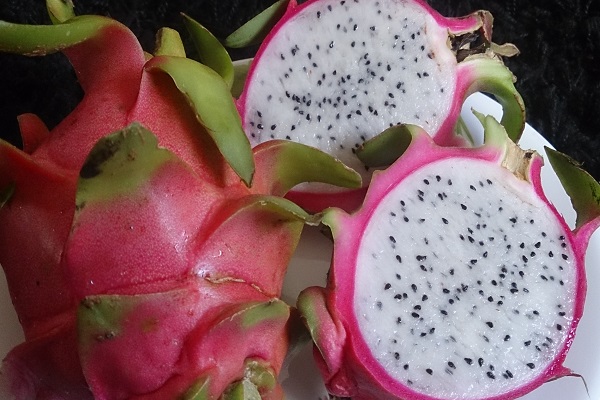
8. Dragon Fruit
Also known as pitaya, Dragon Fruit is quite popular and a favourite of many. They are native to South America, Central America, and Mexico, and also grown in Asian regions. Inside of dragon fruit, you will find a juicy flesh with tiny, edible black seeds like a kiwifruit. These delicious and colourful fruits are also healthy and contain fibre, calcium, vitamin C and B-vitamins and are very low in calories.
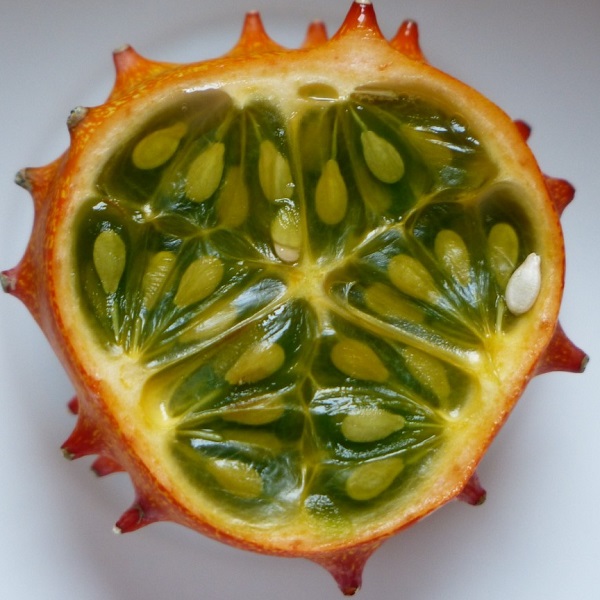
9. Kiwano
Also known as horned melon, kiwano fruits have a spiky and bright yellow-orange skin with soft, green flesh inside. These fruits are native to southern and central Africa and taste a bit like a mixture of banana, cucumber, zucchini, and kiwifruit. These fruits are very low in calories and rich in a variety of vitamins and minerals, including magnesium, potassium, and vitamins A and C.

10. Cherimoya
Also known as a Custard apple, Cherimoya has a lumpy texture on the outside and a soft and sweet flesh on the inside. These fruits are native to South America, and over the years they have also found their way in South Europe, South Asia and Africa they taste like a pineapple crossed with mango with the texture of a ripe banana. This fruit with a creamy, custard-like texture is rich in vitamins B6 and C and riboflavin.
Have you tried any of these fruits? Which one would you like to try? Do let us know your thoughts in the comments below.
